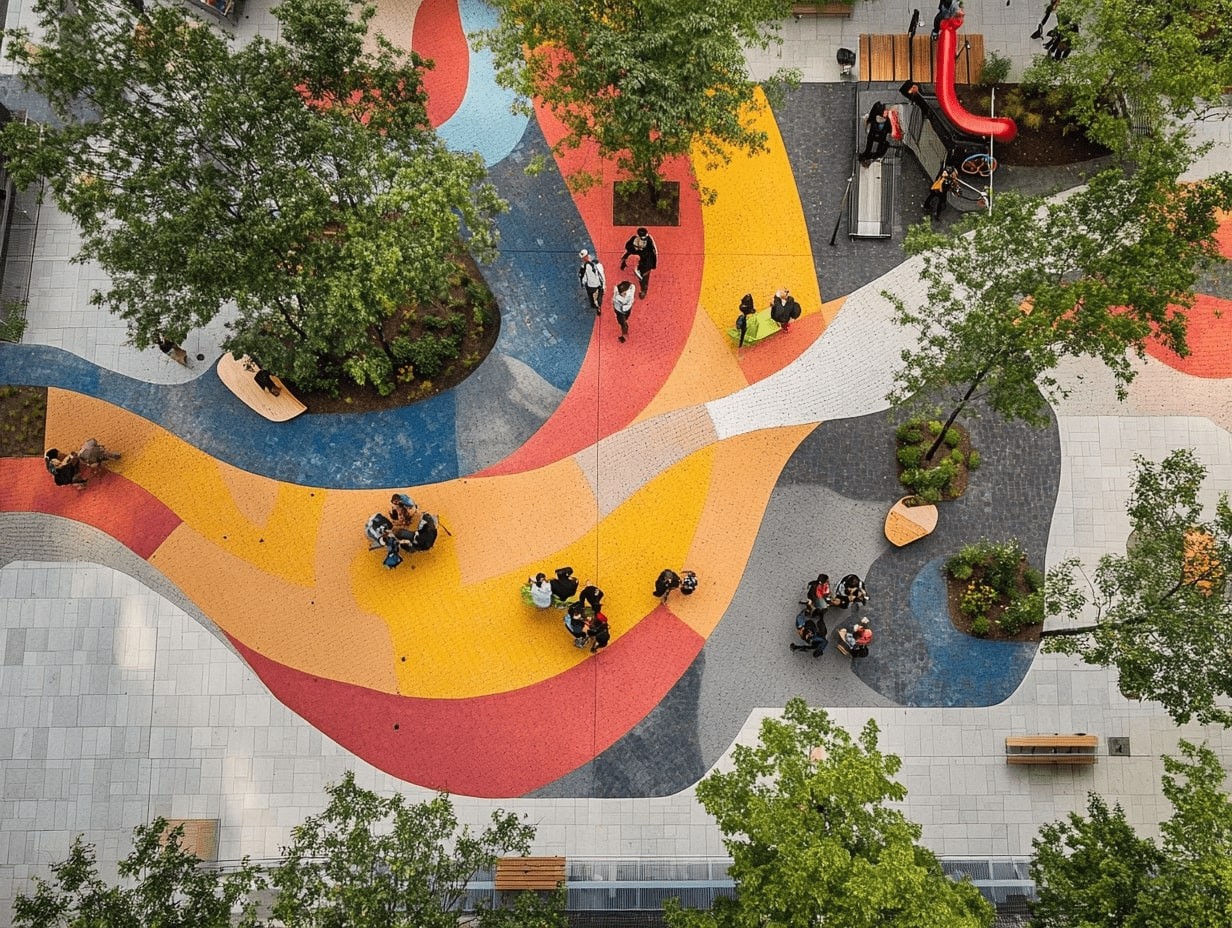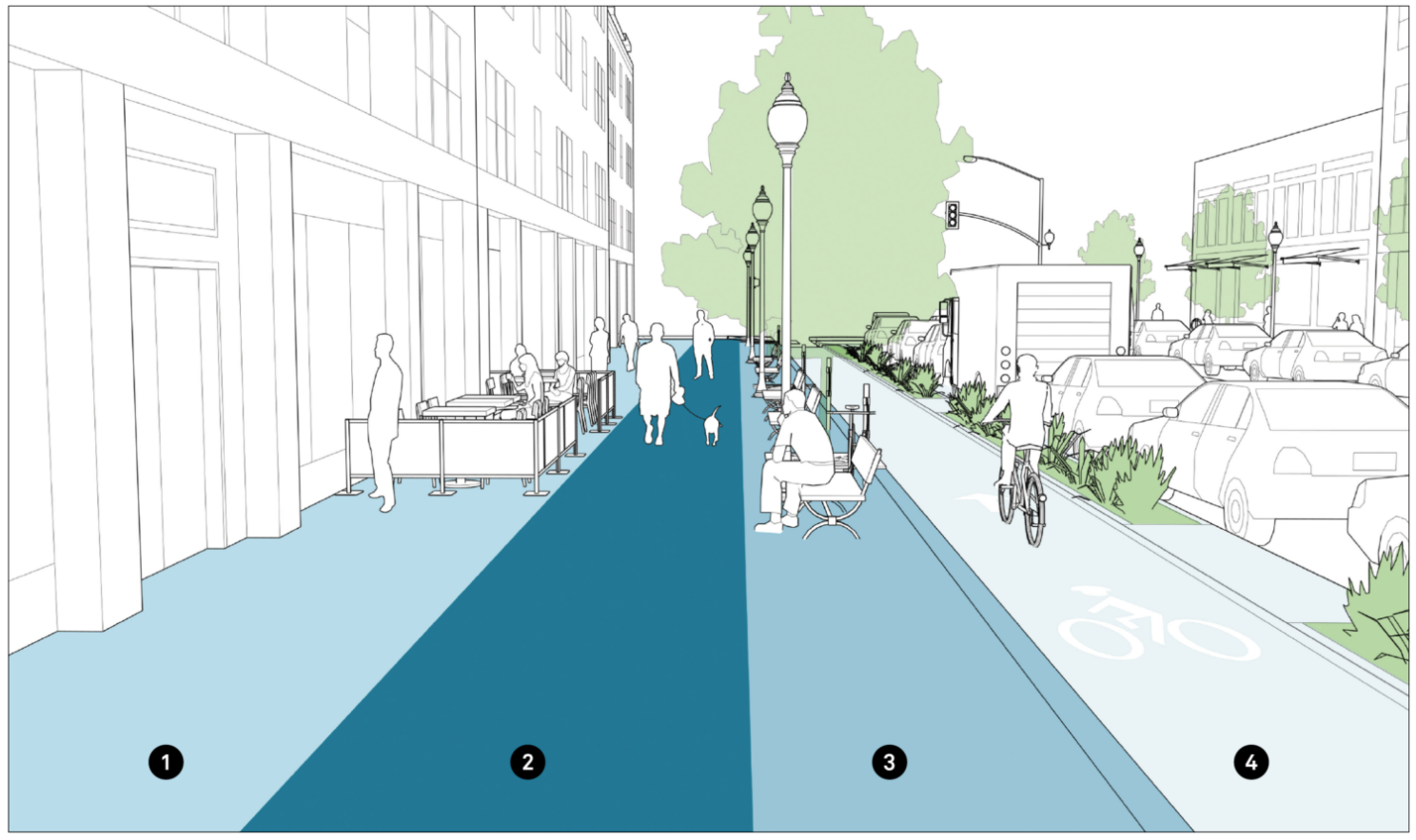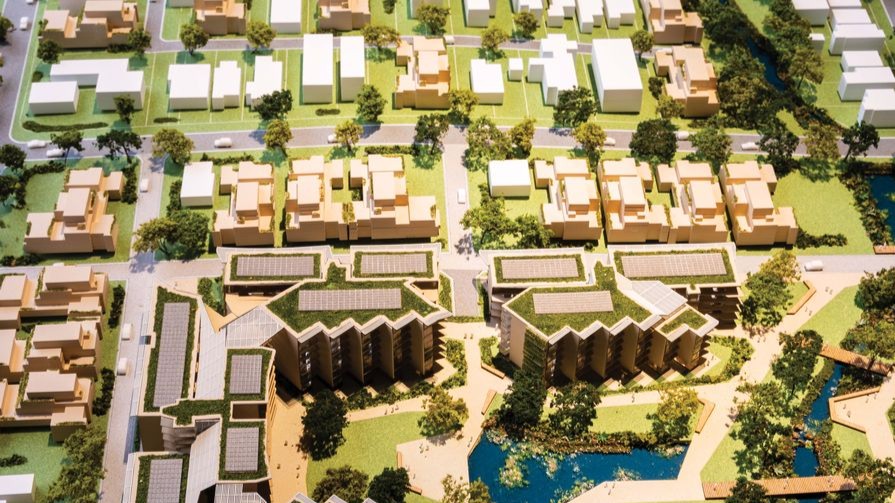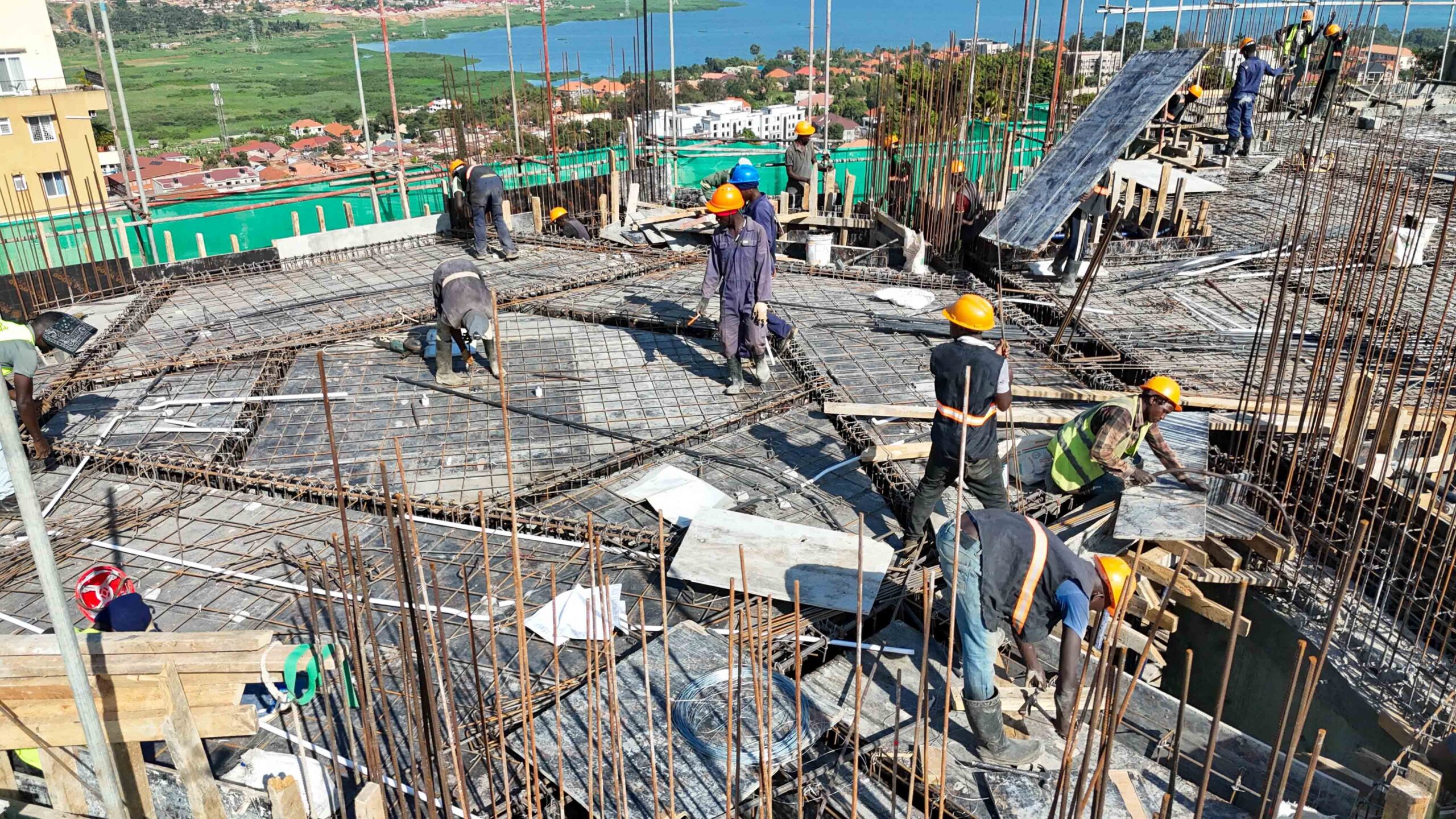Urban density is often seen as a challenge, but with the right architectural approach, it can become a strength. As cities continue to expand and populations grow, the need to optimize land use without compromising livability becomes critical. Architects play a pivotal role in transforming high-density environments into sustainable, functional, and inclusive spaces.

A key strategy is mixed-use development, where residential, commercial, and recreational spaces coexist within the same zone. This reduces travel time, supports local economies, and encourages vibrant communities. Vertical urbanism—building upwards rather than outwards—also becomes essential, but it must be executed with thoughtful design to ensure sufficient light, ventilation, and green spaces.

Public spaces must not be neglected. Urban parks, pedestrian zones, and community spaces should be interwoven with high-rise developments to maintain human scale and interaction. Transit-oriented development (TOD) integrates architecture with public transportation networks, promoting a less car-dependent, more sustainable lifestyle.

Designing resilient, high-density cities involves a delicate balance: maximizing land use while enhancing quality of life. Architecture must lead the way in creating spaces that serve both present and future generations.




